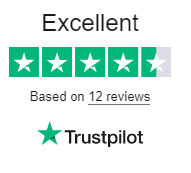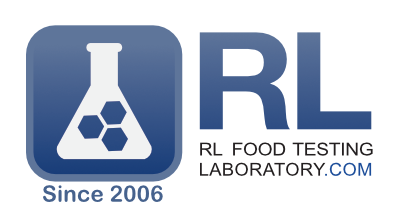California: In California, restaurants with 20 or more locations in the state are required to provide calorie information on menus and menu boards for standard menu items. Additional nutrition information, such as fat and sodium content, must be available upon request.
New York City: In New York City, chain restaurants with 15 or more locations nationwide are required to provide calorie information on menus and menu boards for standard menu items.
Oregon: In Oregon, chain restaurants with 15 or more locations nationwide are required to provide calorie information on menus and menu boards for standard menu items. Additional nutrition information, such as fat and sodium content, must be available upon request.
Washington: In Washington, chain restaurants with 20 or more locations nationwide are required to provide calorie information on menus and menu boards for standard menu items. Additional nutrition information, such as fat and sodium content, must be available upon request.
Other states, such as Massachusetts and Vermont, have passed legislation that requires calorie labeling on menus and menu boards for chain restaurants, but the laws are not yet in effect.
It’s important to note that some restaurants choose to voluntarily provide nutrition information on their menus or websites, even if they are not required to do so by law. This can be a helpful resource for consumers who are trying to make healthier choices when eating out.
Overall, menu nutrition disclosure requirements are becoming increasingly common across the United States, particularly for chain restaurants. These regulations provide consumers with valuable information about the nutritional content of the food they are ordering, making it easier to make informed decisions about their health and wellbeing.







